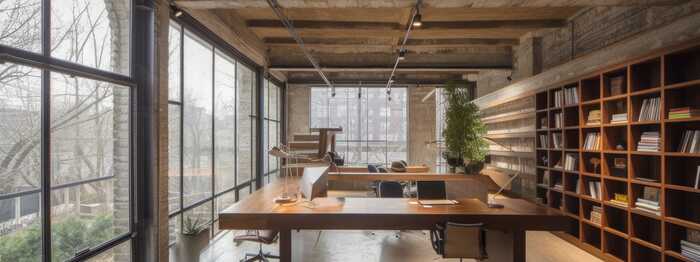What is Adaptive Reuse in Architecture?
Environmental responsibility and a focus on sustainable resources have become important considerations in modern society, and nowhere is that more evident in the world of architectural design and space planning.
Adaptive reuse is the concept of taking old and often neglected buildings and giving them a new lease on life by transforming them into modern, innovative spaces, all while preserving their historic and architectural value.
As well as being a viable solution for creating living spaces in urban areas and utilising already-existing structures, adaptive reuse can showcase the creativity and ingenuity of architects and their ability to problem solve.
Let’s explore the concept of adaptive reuse, its benefits, and showcase some innovative examples of its use in the United Kingdom.
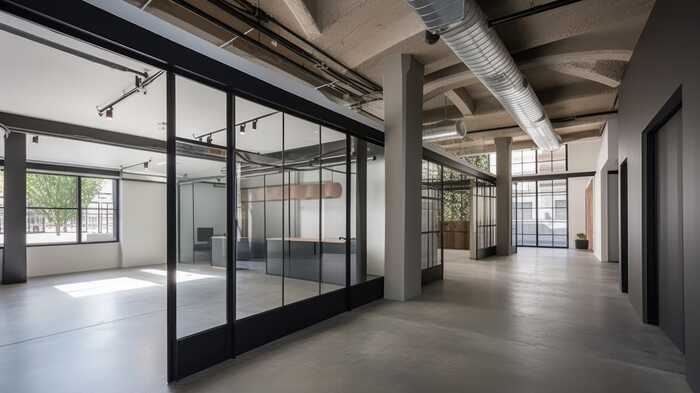
Breathing new life into old structures
Adaptive reuse isn’t just a standard renovation project; it's a process that breathes new life into old structures, reimagining their purpose and functionality. It is a sustainable and economically viable approach to architecture that preserves the heritage and character of historic buildings while, crucially, addressing the challenges of urban development.
One of the key principles of adaptive reuse is to respect the existing architecture and design legacy of the building. It's about finding a balance between old and new, tradition and innovation. Architects must carefully consider how to integrate modern elements and technology while preserving the unique features and historical significance of the structure.
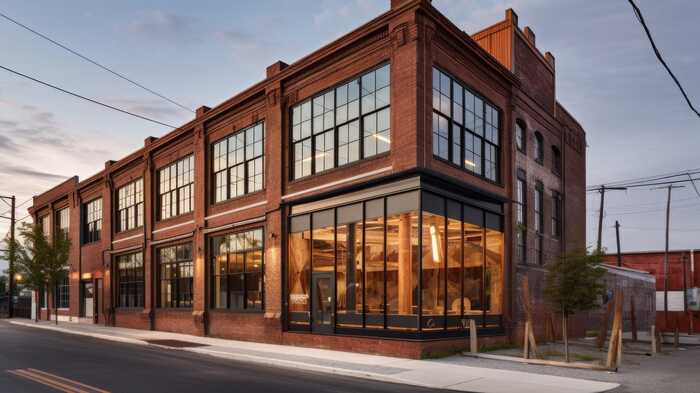
The benefits of adaptive reuse in architecture
Preservation of cultural heritage
Adaptive reuse allows us to preserve the rich cultural and historical heritage embedded in old buildings. By repurposing these structures, we ensure that elements and important features of the past continue to be part of our present and future.
Sustainability
Recycling existing buildings reduces the environmental impact associated with demolition and new construction. It saves energy, reduces waste, and minimises the consumption of new materials, making it a more sustainable option.
Economic viability
Adaptive reuse projects often cost less than new construction, making them financially attractive. They can also revitalise neglected areas, attracting businesses and tourism, which can have a positive economic impact on the community.
Architectural innovation
Reimagining old spaces requires creative thinking and innovative solutions. Architects have the opportunity to combine historic features with cutting-edge design, resulting in wholly unique finished structures.
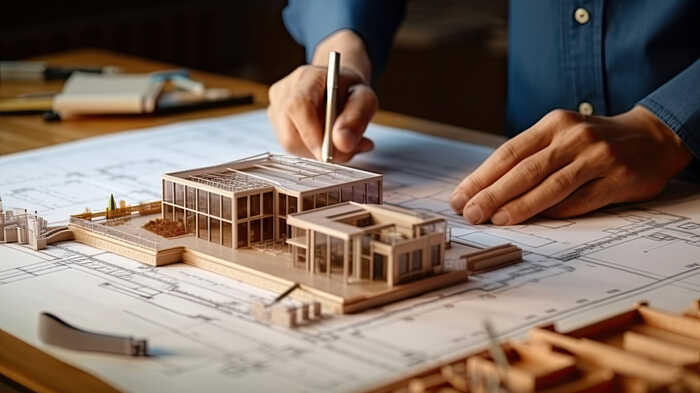
Famous examples of adaptive reuse in British architecture
Let's take a closer look at some of the most famous examples of adaptive reuse here in the UK.
The Tate Modern, London
Originally a power station built in the 1940s, the Tate Modern has been transformed into one of the world's most iconic contemporary art museums. The architects, Herzog & de Meuron, retained much of the industrial character of the building, including its massive turbine hall, while adding modern gallery spaces. The result is a stunning blend of old and new, with the turbine hall now serving as a grand entrance and exhibition space.
The Engine Shed, Stirling
The Engine Shed in Stirling is an excellent example of adaptive reuse for educational purposes. Originally a train maintenance facility, it has been repurposed into a centre for conservation and education. The building now houses a variety of interactive exhibits and laboratories, showcasing the history and science of building conservation.
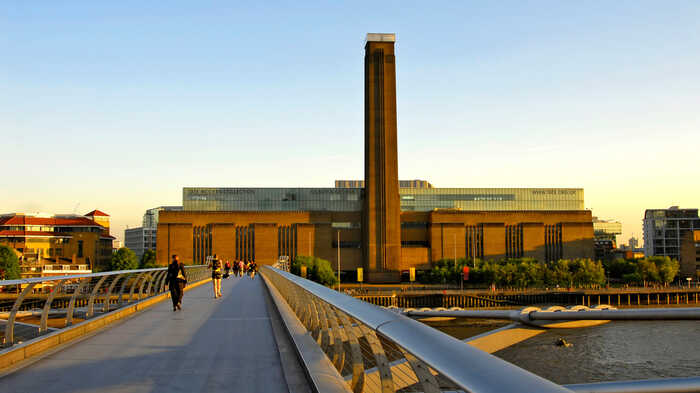
Revitalising urban areas
The Custard Factory, Birmingham
Once a working custard factory, this complex in Birmingham has been transformed into a creative and cultural hub. The adaptive reuse project converted the industrial spaces into offices, studios, and galleries for artists and entrepreneurs. The commercial success of the Custard Factory has revitalised the Digbeth area, making it a thriving creative community.
Battersea Power Station, London
Another London landmark, the Battersea Power Station, is currently undergoing a massive adaptive reuse project. The iconic structure, built in the 1930s, is being transformed into a mixed-use development, featuring residential, commercial, and cultural spaces. The design by Foster + Partners retains the power station's Art Deco style, preserving its distinct chimneys as a symbol of the building's history.

How can we help?
The art of adaptive reuse in architecture is a unique method of repurposing old structures, preserving their historical and architectural value while meeting the demands of modern society. If you’ve been inspired by the examples mentioned in today’s post or are looking to see how you might incorporate adaptive reuse in your own renovation or new build project, why not get in touch with Maidenhead Planning today or book a free video consultation.
Posted by Wouter De Jager on October 29th 2023

